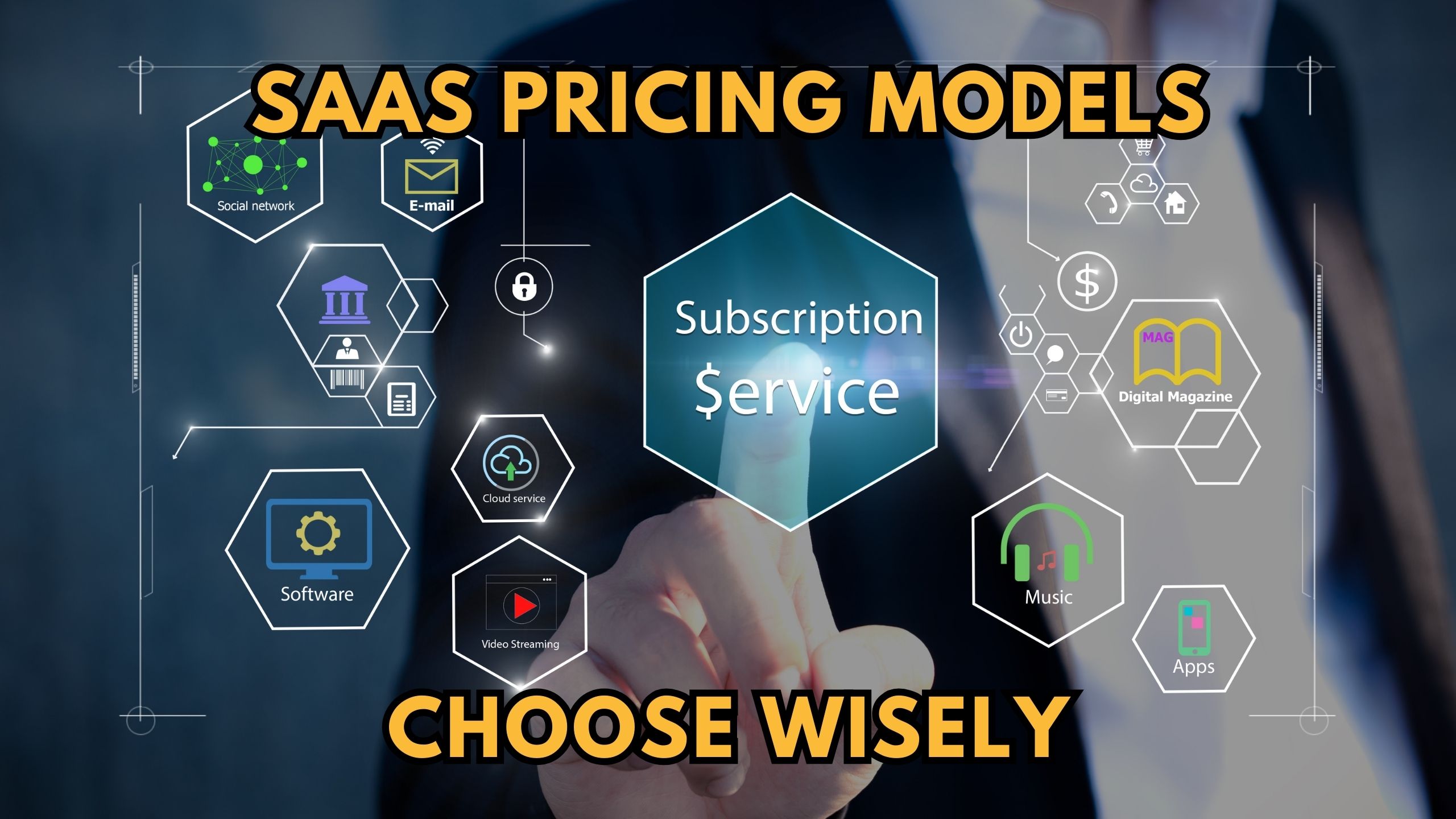SaaS Pricing Models: Choose Wisely
- Expense Management Software Credit Cards Investing Business Solutions


SaaS Pricing Models: Choose Wisely
In the ever-evolving landscape of Software as a Service (SaaS), selecting the right pricing model is crucial for businesses aiming to optimize costs while ensuring access to essential features. This blog delves into the intricacies of various SaaS pricing models, exploring their nuances, advantages, and considerations for making informed decisions.
1. Freemium Model: Balancing Free Access and Premium Features
The freemium model, exemplified by platforms like Slack, allows users to access a basic version for free while offering premium features at a cost. This model attracts a wide user base with its free tier, providing an opportunity for users to experience the product’s value before committing to a paid plan. For businesses, it’s a strategic way to scale while converting free users into paying customers by showcasing the platform’s full potential.
2. Tiered Pricing: Scalability with Feature-based Plans
Tiered pricing, as seen in Salesforce, offers different levels of service at varying price points. Each tier unlocks additional features or resources, catering to diverse user needs. This model is advantageous for businesses with varied customer segments, providing flexibility for users to choose a plan that aligns with their specific requirements. Tiered pricing ensures scalability for both startups and enterprise-level organizations.
3. Pay-as-You-Go: Flexible Payment for Resource Utilization
Popularized by cloud service providers like Amazon Web Services (AWS), the pay-as-you-go model charges users based on their actual usage of resources. This approach provides flexibility, allowing businesses to scale up or down according to demand without committing to fixed plans. For startups and projects with fluctuating resource needs, pay-as-you-go pricing minimizes upfront costs and optimizes resource allocation.
4. Per-User Pricing: Tailored for Team Collaboration
Collaboration tools such as Microsoft 365 often employ per-user pricing, where organizations pay for each user accessing the platform. This model is suitable for businesses with team-oriented products, ensuring that costs align with the size of the user base. Per-user pricing simplifies budgeting for companies of all sizes, making it a popular choice for applications designed for collaborative work environments.
5. Usage-Based Model: Paying for Actual Consumption
SaaS solutions like Twilio utilize a usage-based model, charging users based on their actual consumption of the service, such as the number of API calls or messages sent. This model suits businesses with variable usage patterns, allowing them to pay only for the resources they consume. It’s a cost-effective approach, particularly for applications with unpredictable usage patterns.
Conclusion: Strategic Pricing for SaaS Success
Choosing the right SaaS pricing model is a strategic decision that directly impacts a company’s bottom line and customer satisfaction. Whether it’s enticing users with freemium offers, providing scalable tiered plans, or offering flexible pay-as-you-go options, understanding the nuances of each model is essential for long-term success in the SaaS industry.
Unlock Cost Optimization with Subscribed.fyi
At Subscribed.fyi, we aim to be the ultimate solution for freelancers and small teams seeking to understand, compare, and manage their SaaS stack effortlessly. Unlock exclusive deals, streamline subscription management, and save big with Subscribed.fyi Deals.
Relevant Links:





